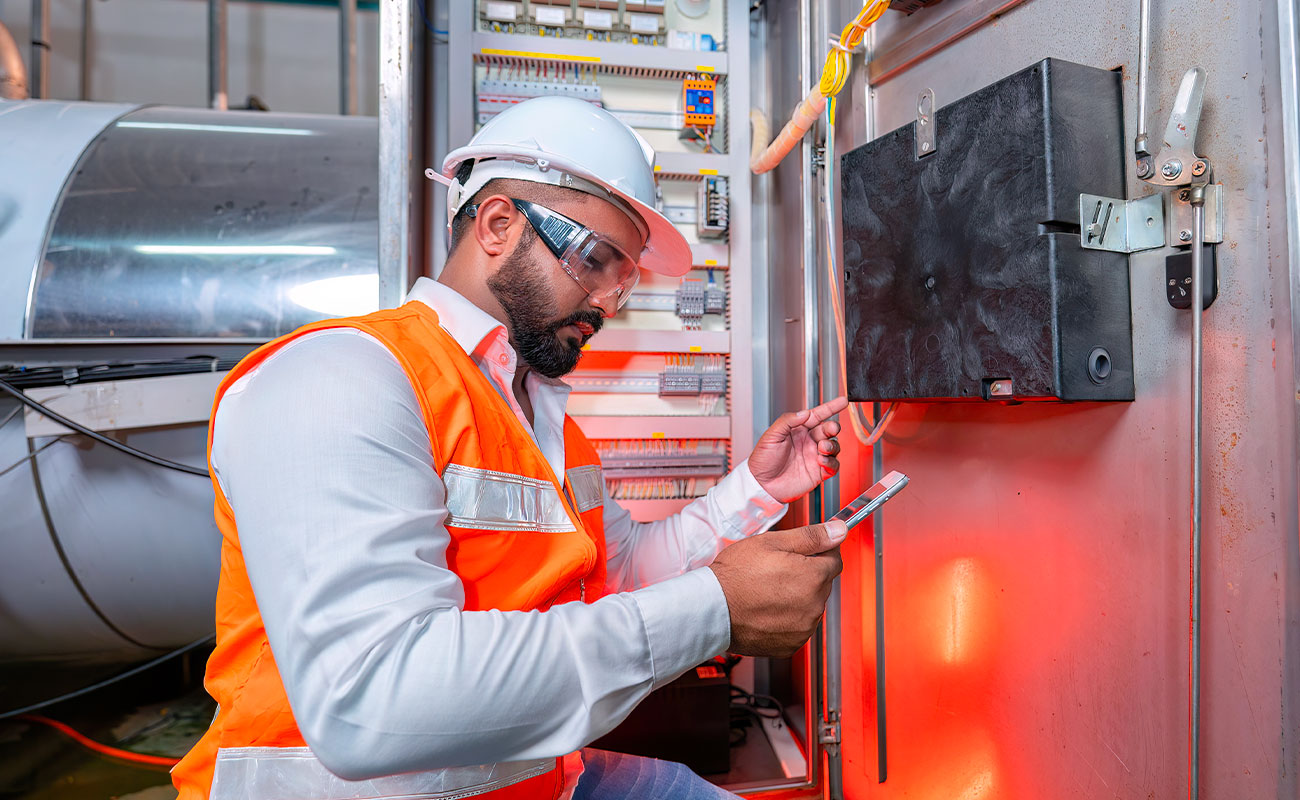Cap It is an Italian company of excellence for the design and manufacture of temperature instruments.
One of the leading products of the Cap It series are thermocouples, instruments born from the inventiveness of Thomas Johann Seebeck. A thermocouple is characterized by the type of thermoelectric torque, the size of the thermo elements, the type of insulation of the thermo elements (electrical, chemical and mechanical) and finally by the type of measuring joint (type of welding and electrical insulation of the joint).
In the choice of materials for the realization of thermocouples, there are different needs to be met, such as the temperature field used, the cost and the application field.
Currently used thermocouples are conventionally identified by a letter, according to a designation defined by the ISA (Instrumentation, Systems and Automation Society and recognized by reference standards.
S-type thermocouples in rhodium-plated platinum (10% Rh)
Type S thermocouples are characterized by high precision, particularly in the range above 500 ºC: under this temperature, the thermocouple guarantees an uncertainty of less than 1.5 ºC.
This thermocouple is used in an inert or oxidizing atmosphere for its strong chemical inertia and its high stability at high temperatures.
It is not recommended to use it in reducing atmospheres and those with the presence of metal vapors (iron vapors), which involve a change in the characteristics of platinum.
It is possible to overcome this problem by using appropriate protective sheaths in ceramic internally and metal externally.
Type R thermocouples in rhodium-plated platinum (13% Rh)
This type of thermocouple has the same characteristics as type S, and was used in the past with instrumentation that was not able to be used with high purity platinum wires. It has therefore fallen into disuse.
Type B thermocouples in rhodium-plated platinum 30%
This type of thermocouple is suitable for working at high temperatures, around 1,700 ºC. It has all the characteristics of types S and R, and is the most suitable for working under vacuum.
T-type thermocouples in copper (+) and constantan (-)
This thermocouple is widely used in fields where the temperature ranges from -40 to 350 ºC, where it can also be used as a replacement for platinum thermocouples, as it guarantees uncertainties of the same order of magnitude.
Thanks to its low cost, it is also widely used for its high thermoelectric power. The upper limitation to the scope is due to the rapid oxidation of copper at high temperatures.
Type J iron (+) and constantan (-) thermocouples
It is the most common thermocouple in industrial applications, in fields that include a temperature range between -40 C and +750 C, for its ability to adapt to both reducing and oxidizing atmospheres, for its high thermoelectric power and its low cost. It is less precise than type T thermocouples.
Type E thermocouple in Chromel
This thermocouple is characterized by high sensitivity and greater accuracy than type K or type J at moderate temperature ranges of 800 ºC/900 ºC and lower.
In addition, this type of thermocouple is more stable than type K, which increases its accuracy and makes it suitable for cryogenic applications, namely at low temperature. Also, this thermocouple is non-magnetic.
K-type thermocouple in Chromel (+) and Alumel (-)
This thermocouple has a high thermoelectric power, designed to replace noble metal thermocouples at high temperatures, it can be used up to 1260 ºC in inert or oxidizing atmospheres. It presents reproducibility and stability problems, despite being suitable for all electronic applications.
Type N thermocouple in Nicrosil
The type N thermocouple has the same accuracy and temperature limits as type K. Type N is slightly more expensive but has better repeatability from 300 ºC to 500 ºC than type K. Their stability and resistance to hot oxidation make them an excellent low cost platinum based thermocouples (Types B, R and S) for high temperature measurements.
To learn more, visit the Cap It website!


